You’ve probably felt that inexplicable chill when standing before something ancient and mysterious. Perhaps it was the moment you first glimpsed a monumental structure that seemed impossible to build, or when you encountered a natural phenomenon that makes you question everything you thought you knew about science. Our planet harbors secrets that continue to baffle the brightest minds of our time, places where the boundaries between reality and legend blur in the most fascinating ways.
These unexplained phenomena range from the eerie and perplexing to the seemingly impossible, sparking endless debates and theories as experts and amateurs alike strive to uncover the truth behind them. What makes these locations even more captivating is how they challenge our modern understanding while whispering stories from civilizations lost to time.
So let’s dive into these enigmatic corners of our world, where science meets mystery and where every theory only deepens the intrigue.
The Plain of Jars: Laos’s Archaeological Riddle
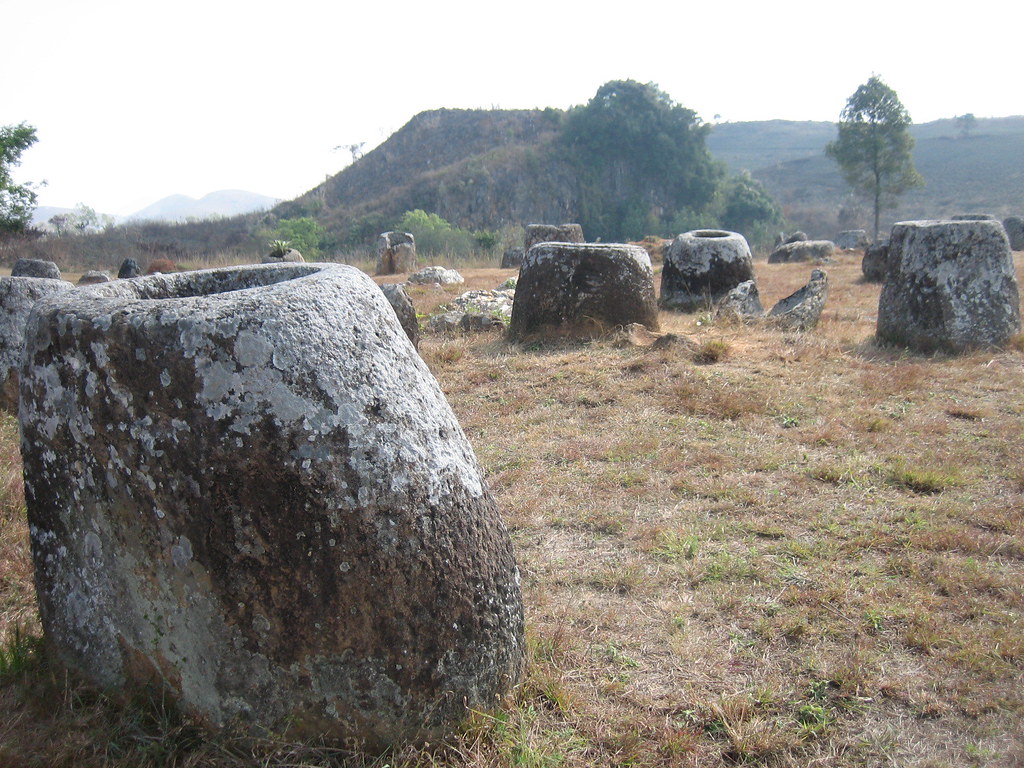
The Plain of Jars on the Xieng Khouang plain of Laos is one of the most enigmatic archaeological points of interest on Earth. The unusual scattering of thousands of megalithic jars across nearly one hundred sites deep in the mountains of northern Laos has fascinated archaeologists and scientists ever since their discovery in the 1930s. It consists of thousands of stone jars scattered around the upland valleys and the lower foothills of the central plain of the Xiangkhoang Plateau. The jars are arranged in clusters ranging in number from one to several hundred.
The stone structures are mostly made of sedimentary rock and, ranging from 3 to 10 feet in height (1 to 3 meters), each can weigh up to 14 tons. To date, the origin of the jars is unknown, though archaeologists believe that they were originally used between 1,500 and 2,000 years ago. What’s most baffling about the jars, though, is how they got to the plateau in the first place. Some of the giant jars weigh as much as 10 tons and measure nearly 10 feet tall. So how were the jars transported to the empty landscape from the quarry, which is more than six miles away?
According to local legend, the jars were created by a race of giants, whose king needed somewhere to store his rice wine. The wine was to be consumed at a great feast to celebrate an illustrious military victory thousands of years ago. Excavations have supported this interpretation with the discovery of human remains, burial goods, and ceramics around the stone jars. It is believed that the jars were used to place the corpses of deceased people – they were left inside the jars to decompose or ‘distill’, a practice that has been common in Thailand and Laos, but usually in pits.
Easter Island’s Silent Guardians
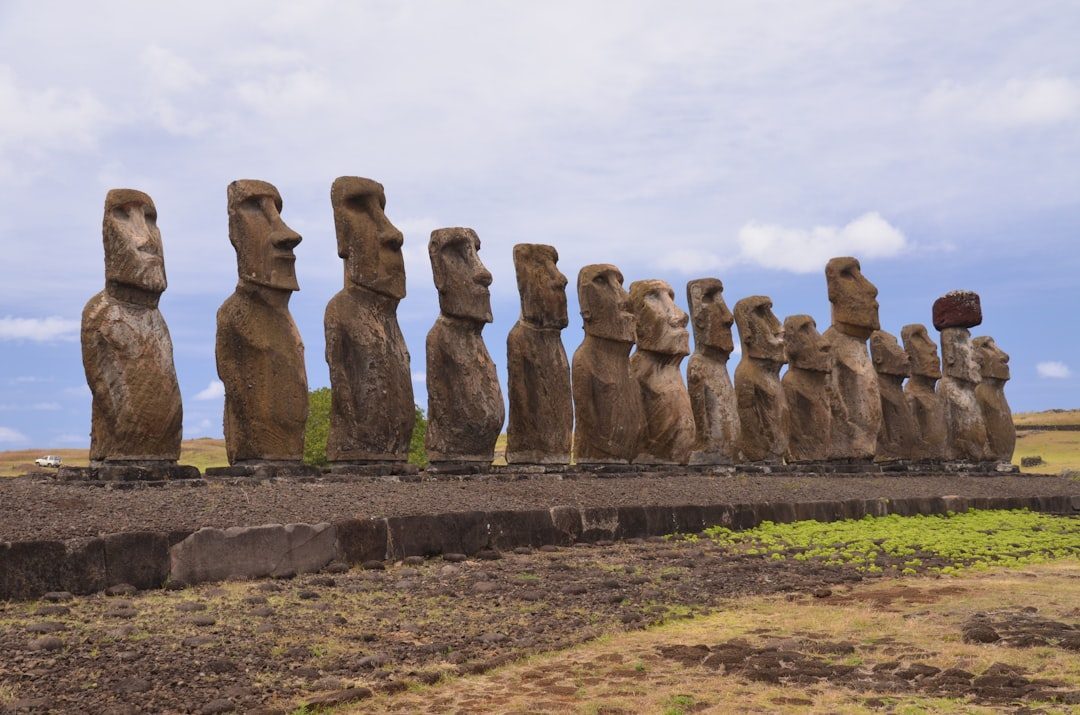
Some 900 of these stone humanoid monoliths dot Easter Island in the South Pacific. Carved from local volcanic rock by the indigenous Rapa Nui people between 1250 and 1500 A.D., they range in size from about 3 feet to 33 feet in height. Numbering in the hundreds and reaching up to 30 feet and 80 tons, there’s no surviving blueprint for their construction or how the huge carvings were moved from the quarry, miles inland, to the coast. The mythology, passed down through the oral tradition of the indigenous Rapa Nui, says the statues “walked.”
Captain Cook wrote: “We could hardly conceive how these islanders, wholly unacquainted with any mechanical power, could raise such stupendous figures.” This probably says more about the European attitude towards the lands they colonised than anything based on reality. Honestly, the dismissal of indigenous knowledge seems more puzzling than the moai themselves. Harnessing physics and gravity may help explain an enduring Polynesian myth about how the stone statues of Easter Island (map), otherwise known as moai, “walked” from the quarries to the coast. Theories range from simply dragging the moai to a display area, or ahu, to mounting them on a kind of sled and rolling them on tree trunks.
In 2012, Lipo and his team put forth a theory. In a video, they demonstrated how just 18 people, using ropes tied around the top of a moai statue, could work together to rock it back and forth across the island. As recently as 2018, researchers showed that tools used to build the moai all originated from a single stone quarry. It’s not definitive, but it hints that the Rapa Nui may have been “cooperating and sharing information” at the precise time they were said to have been killing and eating one another.
Stonehenge: The Prehistoric Enigma
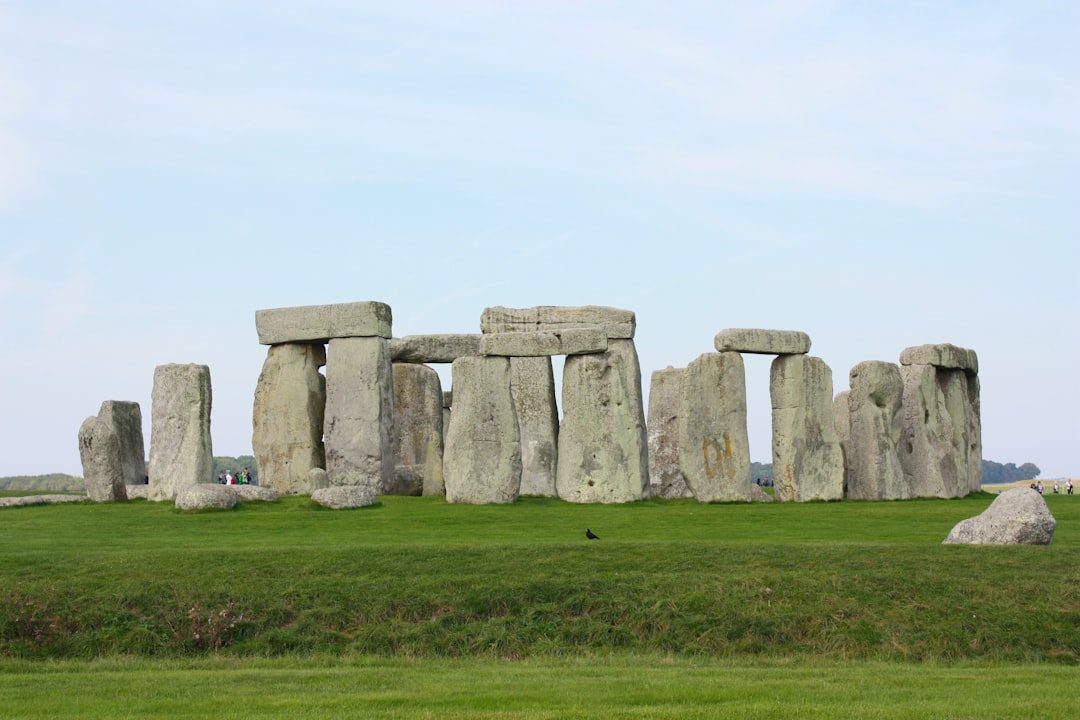
The massive stone circle, dating back to around 3000 BC, raises questions about its purpose and construction. Was it an ancient astronomical observatory, a religious site, or perhaps a burial ground? Theories abound, yet none have been definitively proven. Historians still debate how the large sarsen stones, some of them weighing around 25 tons, were transported from their likely origin 20 miles away. Another mystery: Why it was built in the first place.
The stones themselves, the largest weighing up to 25 tons, were transported from distant quarries, a feat that seems almost impossible without modern machinery. Stonehenge’s alignment with the solstices adds another layer of intrigue, suggesting a deep understanding of celestial patterns by its builders. Historians have speculated that it may have once been a site for religious ceremonies or designed to be a solar calendar that tracked the passage of the seasons.
What strikes me most is how this ancient monument continues to challenge our assumptions about prehistoric capabilities. He indicated that Stonehenge was used as a burial ground from historical beginnings. In other words, Stonehenge represented a place of the dead. The cremated remains found at the site acted as evidence and they indicated that burials took place at the site as early as 3000 BC.
The Bermuda Triangle: Where Logic Gets Lost
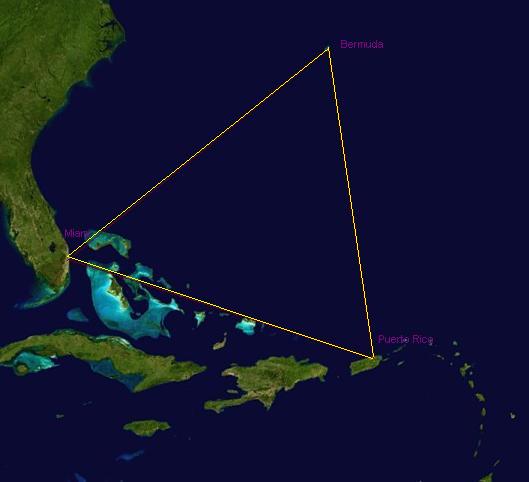
The Bermuda Triangle is perhaps the most famous mysterious place in the world. This area of roughly 440,000 square miles sits in the Atlantic Ocean between Bermuda, Puerto Rico, and Miami, Florida. Also known as the Devil’s Triangle, this triangular region of the North Atlantic Ocean lies between Florida, Bermuda, and Puerto Rico and has a reputation for unexplained or mysterious disappearances of ships and aircraft since World War II. In fact, Bermuda itself is home to many haunted shipwrecks, some of which are believed to have met their demise as a result of the Triangle.
More than 20 planes and 50 ships are said to have mysteriously vanished into thin air or crashed without explanation. Though vessels manage to pass through the area with ease every day and there are no more disappearances in the Bermuda Triangle than in any other large, well-traveled area of the ocean, the unexplained accidents have still captured the public imagination. The Bermuda Triangle, a notorious region in the North Atlantic Ocean, has been the site of numerous unexplained disappearances. Ships and aircraft have vanished without a trace, fueling countless theories ranging from natural anomalies to extraterrestrial activities. Despite extensive research, no conclusive evidence explains the mysterious phenomena associated with this zone.
Legend has it that even those sent to the area for search and rescue operations never returned. Hypothetically, this is one of the reasons why some pilots refuse to fly over the Bermuda Triangle. But when you look at the stats, the region is not particularly disaster-prone: it encompasses the popular holiday islands of Turks and Caicos, and plenty of shipping and aviation traffic passes through the area on a daily basis. Some more likely explanations for this mysterious place include tropical hurricanes, rogue waves and human error.
Hessdalen Lights: Norway’s Dancing Sky
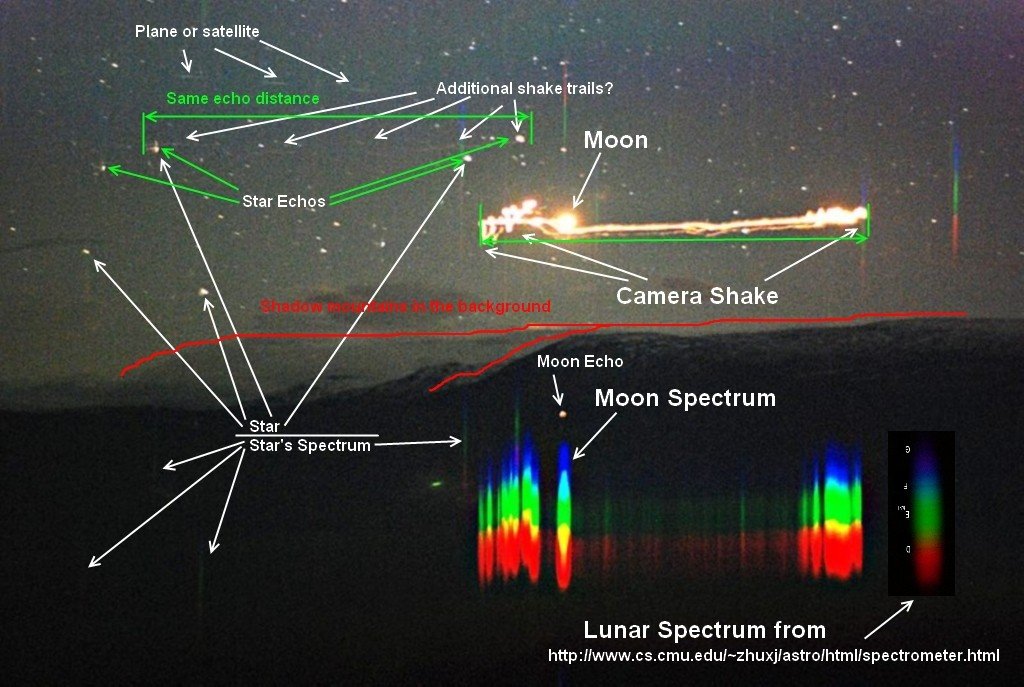
In the remote valley of Hessdalen, Norway, mysterious lights dance across the sky, captivating locals and scientists alike. Known as the Hessdalen Lights, these unexplained phenomena manifest as floating orbs of light, changing colors and intensity. An interesting series of random lights that last for about an hour in the sleepy village of Hessdalen in Central Norway are seen both day and night and seem to float over the Hessdalen Valley – sometimes fast, sometimes slowly hovering over the air. The Hessdalen Lights have been seen in the area at least since the 1930s and stretch to almost eight miles long, sporting bright white, yellow, blue, green, and red colors.
Some researchers speculate that the lights result from ionized gas or plasma interacting with atmospheric elements, but no definitive explanation has been established. The lights have attracted global attention, with scientists and tourists flocking to Hessdalen in hopes of witnessing the spectacle. Something weird is happening in the sky above the small, central Norwegian town of Hessdalen. People have witnessed hundreds of strange lights where only stars should be. The lights randomly illuminate the night sky and sometimes appear as big as a car, remaining for as long as a few hours.
The Hessdalen Lights are unexplained luminous phenomena that have been observed in the Hessdalen valley in Norway for decades. These mysterious lights appear as bright, glowing orbs that hover or move erratically across the sky. Despite numerous investigations and scientific studies, the cause of the Hessdalen Lights remains unknown, making them one of the most enigmatic unexplained phenomena in the world. It’s fascinating how something so visually spectacular can remain so scientifically elusive.
Marfa Lights: Texas’s Desert Spectacle

Appearing as bright, colorful orbs pulsating or darting through the dark and wide Texas skies, the Marfa Lights have captivated everyone from cowboys to actor James Dean, who saw them while filming the movie “Giant.” What the lights are and how they are created remains a mystery, but the town celebrates them every year at its annual Marfa Lights Festival. In the desert near Marfa, Texas, mysterious lights appear on the horizon, flickering and darting unpredictably. Known as the Marfa Lights, these phenomena have sparked tales of ghosts, aliens, and scientific intrigue. The lights typically appear as glowing orbs, sometimes stationary and other times moving rapidly.
Still, the most intriguing aspect isn’t just their appearance but their unpredictability. Unlike other light phenomena that follow patterns, these seem to have a mind of their own. Do Marfa Lights Come From UFOs, Cars, the Military or Ghosts? Are they a natural phenomenon? Local legend suggests everything from ghost sightings to extraterrestrial activity, though scientists lean toward more earthbound explanations involving atmospheric conditions and light refraction.
The Nazca Lines: Messages from the Past
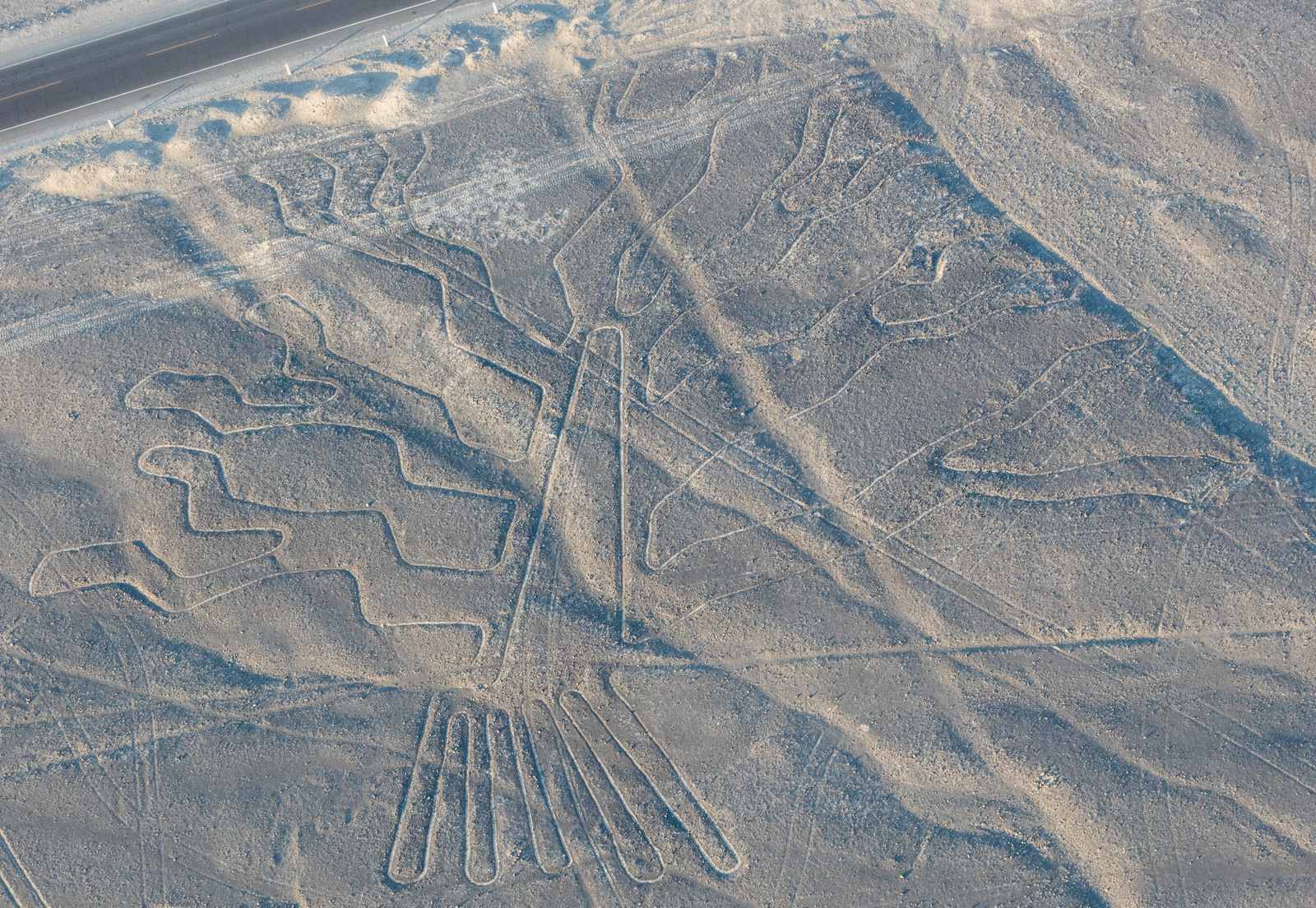
Only viewable from the air and higher elevations, these epic figures (called geoglyphs), geometric shapes, and lines – at least 1,200 by one estimate – cover a roughly 1,900-square-mile portion of Peru’s Nazca Desert. They were constructed between 500 B.C. and 500 A.D. by the Nazca people, a prehistoric culture, and thought to have ritualistic astronomical significance. In the arid plains of southern Peru, the Nazca Lines stretch across the desert, forming intricate designs that can only be fully appreciated from the air. These enormous geoglyphs, depicting animals, plants, and geometric shapes, were created by the Nazca culture between 500 BC and 500 AD.
Archaeologists are still discovering new geoglyphs, thanks to drone technology; in late 2020, the Peruvian government announced the discovery of a cat-shaped glyph measuring some 121 feet in width. What amazes me most is the precision required to create massive designs that only make sense from an aerial perspective. The ancient Nazca people had no known method of flight, yet they created artwork specifically meant to be viewed from above.
The mystery deepens when you consider the purpose behind these enormous undertakings. Were they astronomical calendars, religious offerings, or perhaps elaborate irrigation maps? Each theory seems plausible until you examine the evidence more closely, leaving us with more questions than answers about these remarkable desert creations.
Conclusion

These seven legendary places remind us that our world still holds secrets beyond our current understanding. Science is powerful, but it cannot explain everything. And in the vacuum of facts, some strange ideas develop. From the towering moai of Easter Island to the dancing lights of Norway, these mysteries connect us to our ancient past while challenging our modern assumptions about what’s possible.
Perhaps the real magic lies not in solving these puzzles but in preserving our sense of wonder. They serve as humbling reminders that despite our technological advances, Earth continues to surprise us with phenomena that defy easy explanation. What captivates me most is how these places bridge the gap between science and imagination, proving that reality can be far stranger than fiction.
What do you think about these mysterious locations? Have you ever experienced something that left you questioning the boundaries of scientific explanation? Tell us in the comments.

Hi, I’m Andrew, and I come from India. Experienced content specialist with a passion for writing. My forte includes health and wellness, Travel, Animals, and Nature. A nature nomad, I am obsessed with mountains and love high-altitude trekking. I have been on several Himalayan treks in India including the Everest Base Camp in Nepal, a profound experience.



